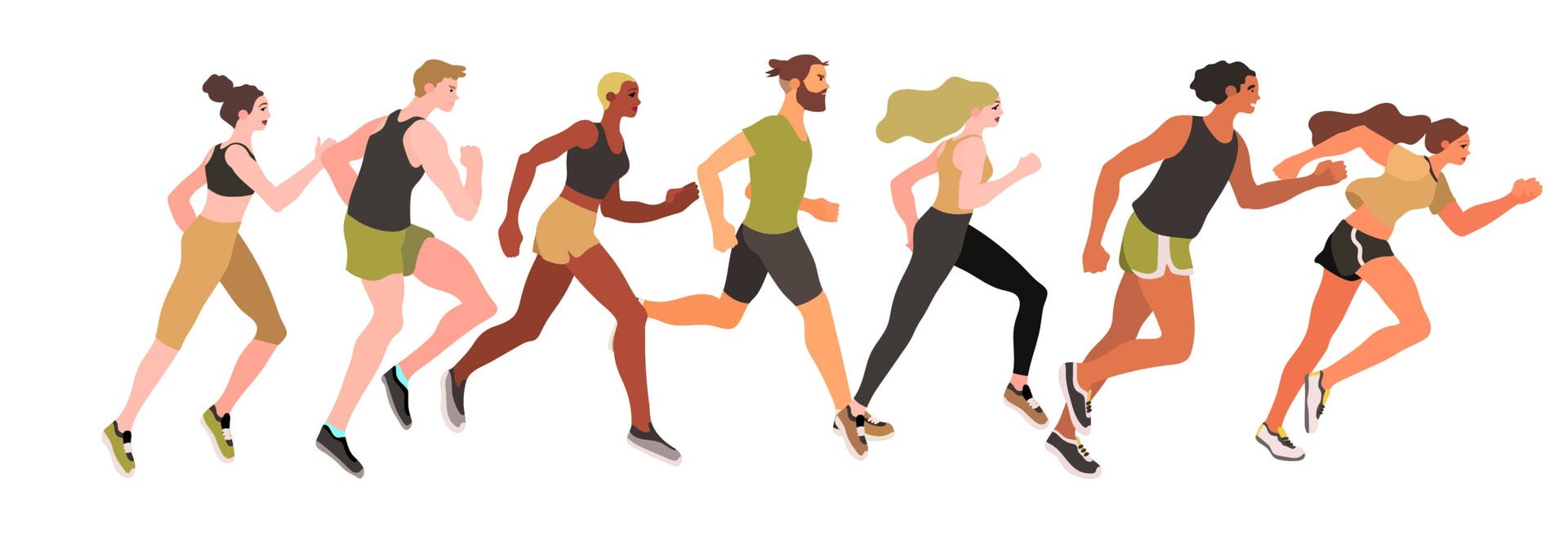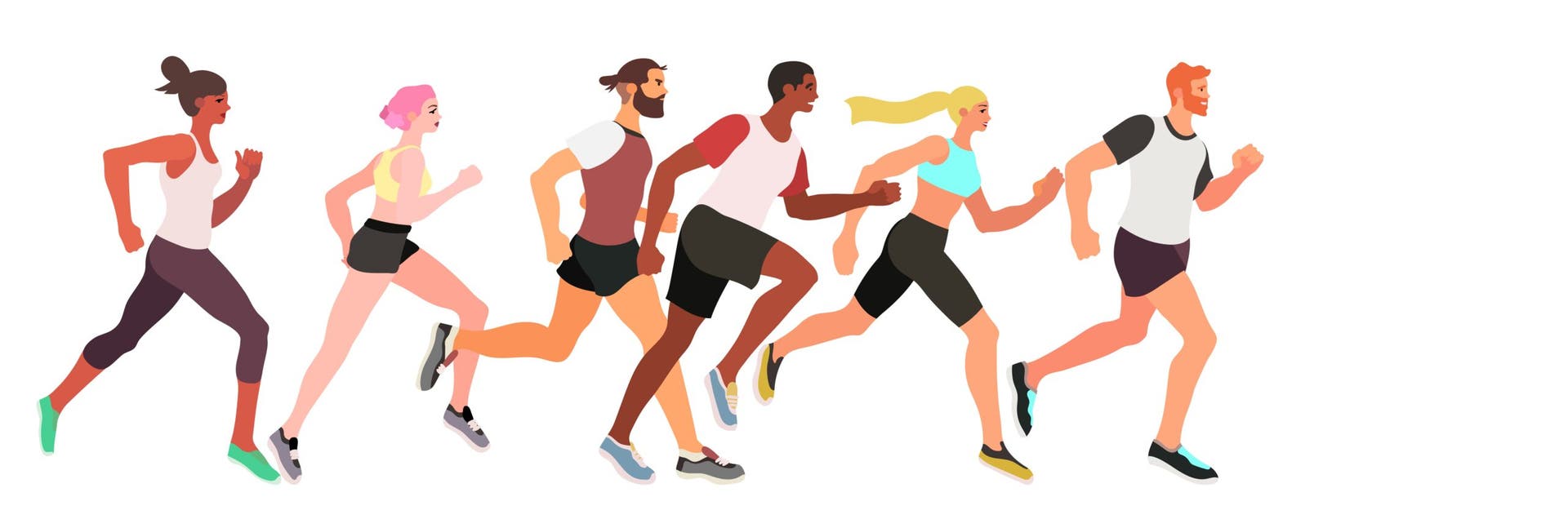Dear Coach: How Can I Build a Better Running Stride?

(Photo: Getty Images)
When people talk about running form they often focus on things like foot strike, leg angles, posture and turn-over. They talk about cueing and practicing new patterns, as if stride were a functional skill to be learned, like handwriting or playing an instrument.
The truth is that an effective stride can’t be gained simply by thinking about it. In order to run smoothly, efficiently and injury-free, you have to develop your body’s ability. You have to train to run well, just like you need to train to run faster. Here’s why:
How to build a better running stride: Truth #1
Your neuromuscular system instinctively finds the most efficient way to move your specific, unique body. Your body knows how it runs best. Studies show that any attempt to alter this “preferred movement path” reduces running economy — even thinking about your stride makes you run less efficiently.
RELATED: How Running Gait Influences Speed and Fatigue
How to build a better running stride: Truth #2
While your mind+body finds its preferred, most efficient path, that path is built around what your body is capable of doing today. And you aren’t who you are meant to be, or who you once were. After years of lifestyles that, for the most part, are not conducive to maintaining the flexibility, posture, balance and strengths that allow for the best movement patterns for our bodies, we are all compromised. And so are our strides.
Combined, these truths mean that trying to change your form by thinking about it will almost always end up with a less-efficient stride—if not a downright dangerous train wreck. Most likely, you will not succeed in creating any change that lasts more than a few focused steps.

Take overstriding, or landing too far in front of your body, which results in braking, pounding and all sorts of stress on the feet and legs. Anyone who studies strides agrees that this pattern is detrimental and suggests ways to reduce it.
We don’t overstride, however, simply because we have worn overbuilt shoes and have learned poor landing habits. After years of sedentary sitting, our hip flexors are shortened and overly tight, and our glutes, which should be powerfully pushing our legs back, are weak and asleep. Many of us are incapable of extending our legs behind us, and lacking that ability, we do the only thing we can: reach out in front and pull.
RELATED: The Long-Term Effects of “Work-From-Home Posture” Are Killing Your Training
No amount of cueing or thinking can correct this. Trying to land on your forefoot or increase your step rate with compromised hips results in an ineffective, prancing stride that still lands out front of your body. Even if we have enough flexibility to force a new pattern, we lack the postural endurance and neuromuscular habits to maintain in for long on the run.
The only way to reduce overstriding is to improve the mechanics of your hips. This means:
- You need to stretch and lengthen your hip flexors.
- You need to engage and strengthen your glutes.
- You need to foam roll and do other types of massage to break up restrictions and allow full mobility.
- You need to do drills to practice your full, effective range of motion and give your neuromuscular system the chance to feel your new strengths and create new patterns.
RELATED: Ask a Trainer: Why Should Triathletes Care About Mobility?

What you don’t need is to spend a lot of mental energy trying to retrain your gait. “There’s not a lot of pedagogic step-by-step teaching,” Boulder-based elite coach Bobby Mcgee says about improving form. “You address the range of motion, address the strength deficits, you get drills to provide the balance and the rhythm and the skill, and then they organically move into the kind of running form that they were capable of when they didn’t have environmental restrictions.”
It’s not a quick fix, not a magical cue that will transform you in one session. It takes time. It takes work. But it is the only way. And it is worth it—to be able to run smoother, easier and longer than you can now imagine.
—
Check out Outside’s complete course on maximizing your stride stability, strength and durability for more efficient, less stressful miles: